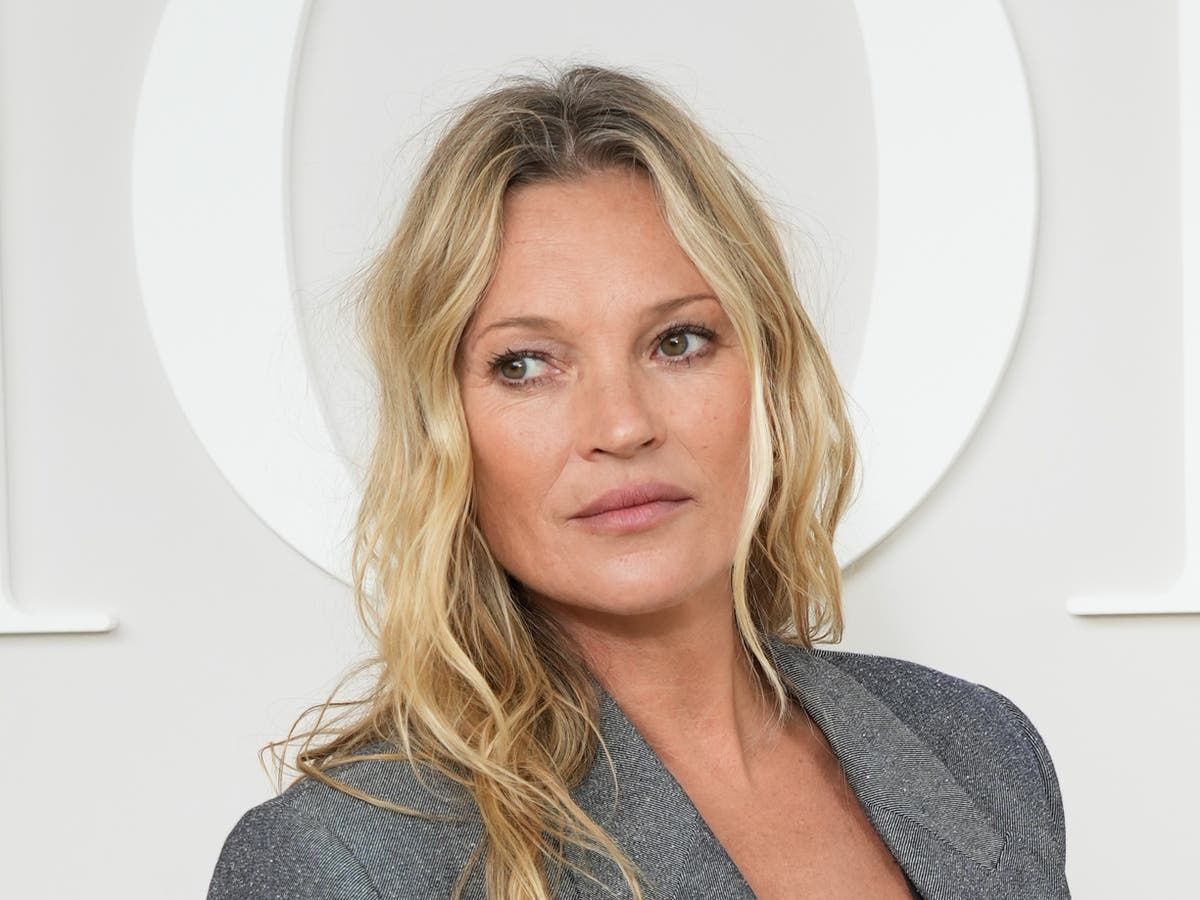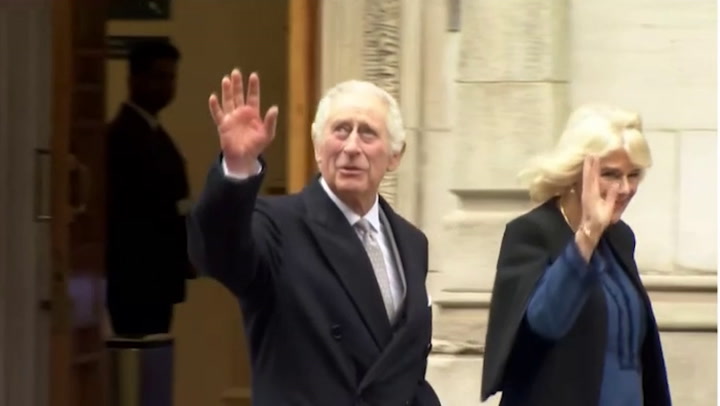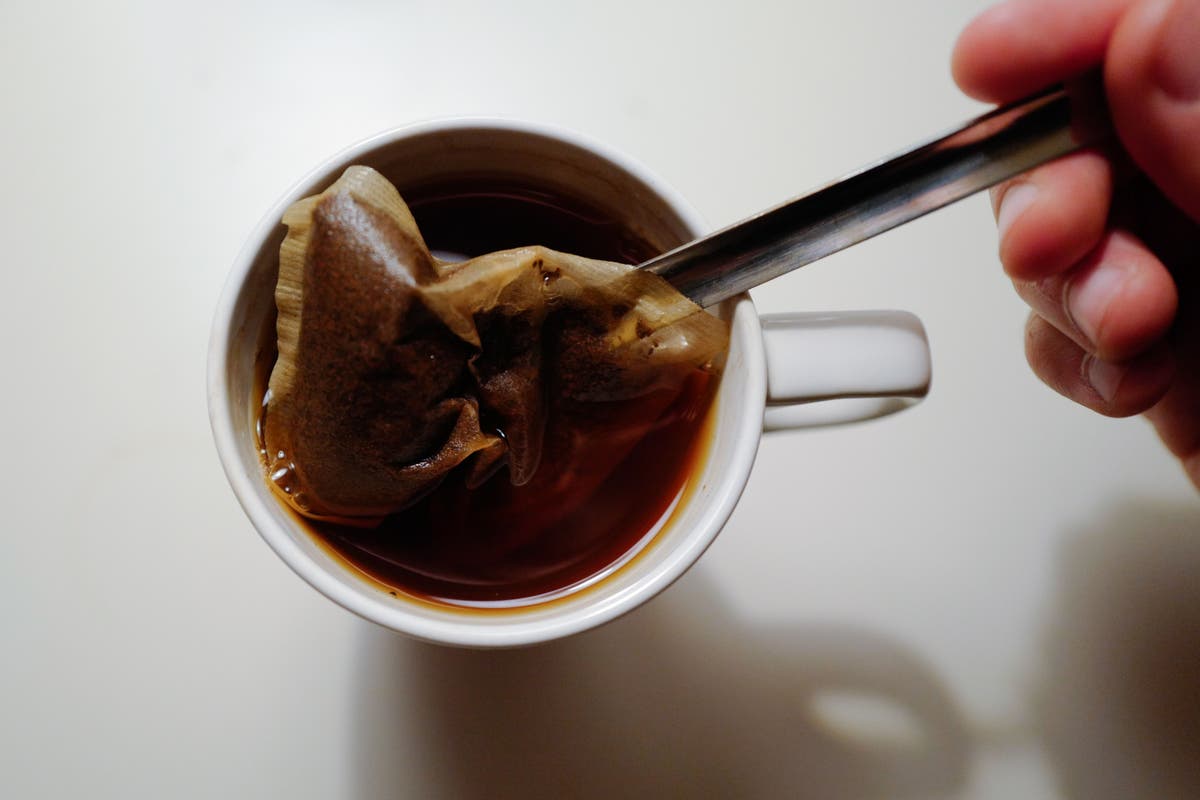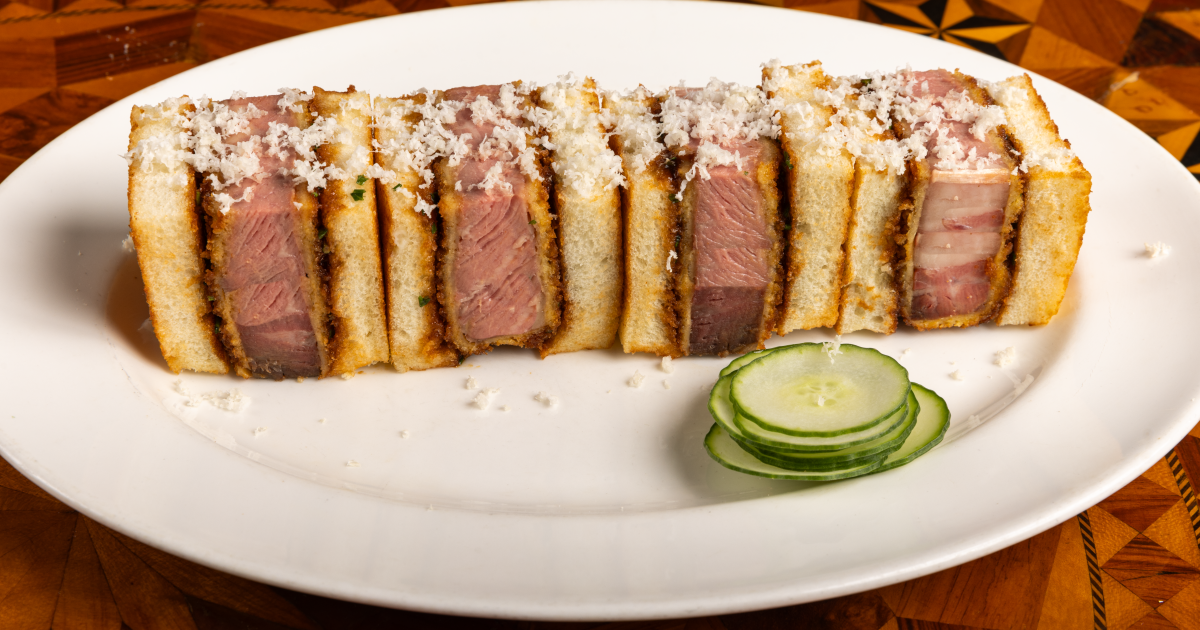Your support helps us tell the story.
In my reporting on women's reproductive rights, I have witnessed the critical role that independent journalism plays in protecting freedoms and informing the public.
Your support allows us to keep these vital issues under the spotlight. Without your help, we would not be able to fight for truth and justice.
Every contribution ensures that we can continue reporting on the stories that impact lives.
Kelly Rissman
US News Reporter
Kate Moss says she was harassed on the street by parents of girls with eating disorders during what was dubbed her “heroin chic” look in the 1990s.
The 50-year-old supermodel stars in the new Disney+ documentary, En Vogue: The 90sand said she was attacked for being “skinny” and having a “different” body shape.
“Parents would come up to me and say, ‘My daughter is anorexic.’ It was horrible,” she said.
“I think it was because I was thin and people weren’t used to seeing thin people. But if I had been more voluptuous, it wouldn’t have been such a big deal. It’s just that my body shape was different from the models who came before me.”
Moss faced backlash after saying, “Nothing tastes as good as feeling thin” in 2009, but later distanced herself from the statement. She said it was a “little publicity jingle” said by her housemate and that she didn’t intend to cause harm.
Body image activists accused Moss of promoting eating disorders.
Heroin chic was associated with a fragile figure, pale skin and tired eyes. Fashion Editor Anna Wintour commented on the model's appearance in the documentary, saying: “That look, a model who looked very malnourished, made people feel uncomfortable.

“Many of us in Fashion “I was worried about heroin chic or anorexia, all the things that are associated with that look. It got to the point where it reached a fever pitch. I remember being physically in the White House when the Clinton administration addressed the issue.”
Fashion editor Catherine Kasterine has reflected on the backlash she received following a then-19-year-old Moss's Vogue cover in which she posed in lingerie.
“The public was not prepared. They were absolutely shocked,” he said. “Immediately, the images were completely vilified and criticised. Perhaps we had underestimated that this image had been a normal thing in our minds.”
At the time when “heroin chic” emerged in culture, it was criticised by designers such as John Galliano and Stella McCartney, who criticised the “glamourisation” of addictive substances and their potential influence on young people.

“We also disapprove of the fashion industry glorifying the use of addictive substances,” read a statement from thirteen designers in 1997. “This could have a detrimental effect on the lives of young people, many of whom are heavily influenced by the appearance and actions of members of our industry.”
For anyone struggling with the issues raised in this article, the eating disorders charity DefeatThe NCFED Helpline is available 365 days a year on 0808 801 0677. NCFED provides information, resources and advice for those suffering from eating disorders, as well as their support networks. Visit Eating disorders.org.uk or call 0845 838 204
If you have been affected by this article, you can contact the following organizations for assistance: actiononaddiction.org.uk, mind.org.uk, nhs.uk/livewell/mentalhealth, mentalhealth.org.uk.












